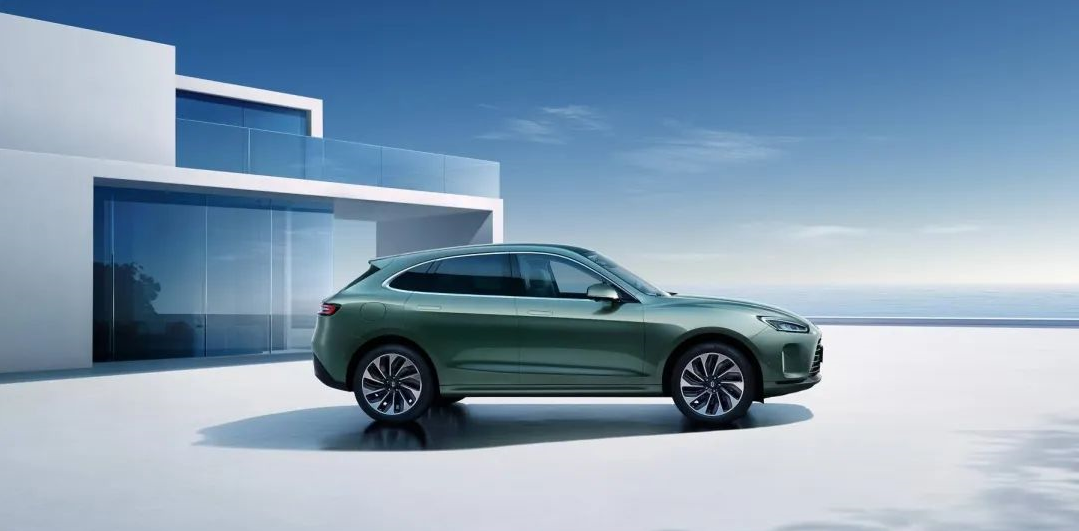Jia Haonan from the Vice Pilot Temple
Reference for Intelligent Cars | WeChat public account AI4Auto
The industry giants are extremely frustrated.
Recently, Huawei’s CEO, Richard Yu, confidently claimed that the Wenshang M7 would definitely “humiliate” luxury cars such as the Alphard and Lexus. He then went on to diss gas-powered cars, saying that their driving experience was as bad as “ten thousand alpacas running wild in the heart”.
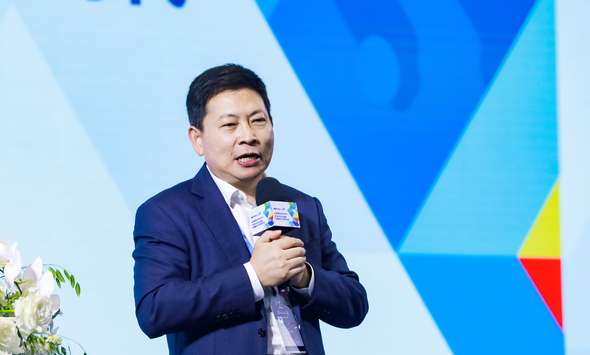
Richard Yu’s provocative statements didn’t sit well with He XPeng, the Chairman of XPeng Motors, who said he wanted to throw shoes at him after listening to him.
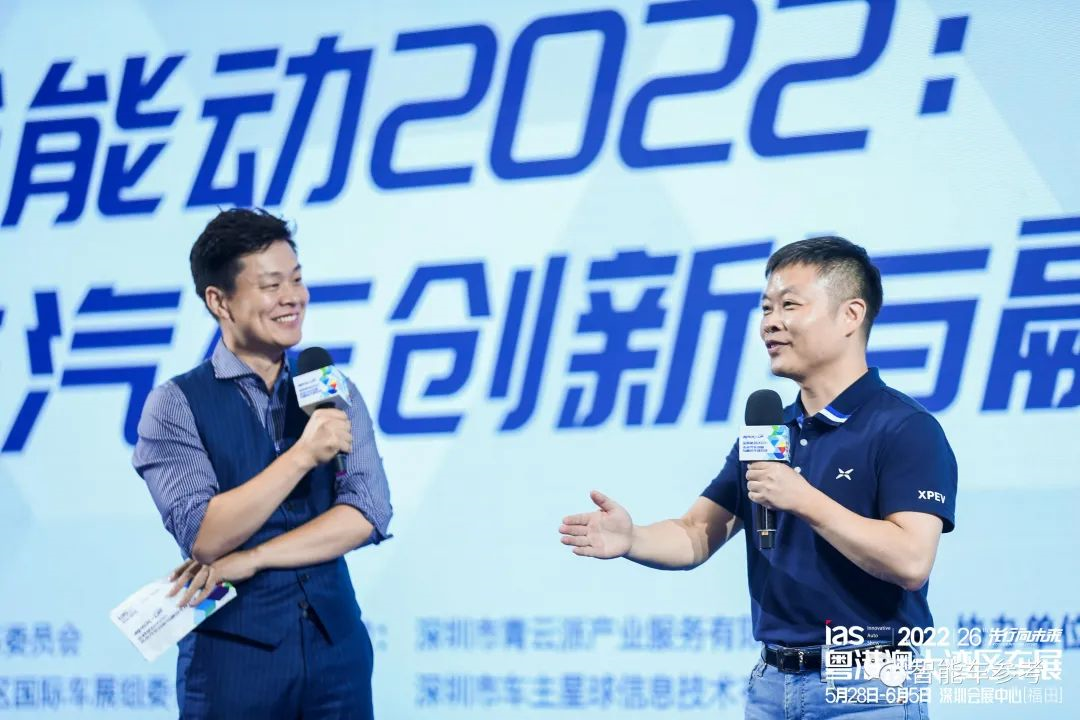
Not long after Richard finished his rant, he was immediately mocked by a domestic LiDAR startup, “Raysees Intelligence,” who told him not to bother making LiDAR because his technology was no match for theirs.
In addition, there was a heated debate about whether the Chinese automobile industry should pursue an open collaboration with eco-friendly technologies for self-driving cars, or forge a path with programming and mechanics by relying on industry titans.
These fresh perspectives and arguments have arisen due to the ongoing Guangzhou-Hong Kong-Macau Greater Bay Area Auto Show.
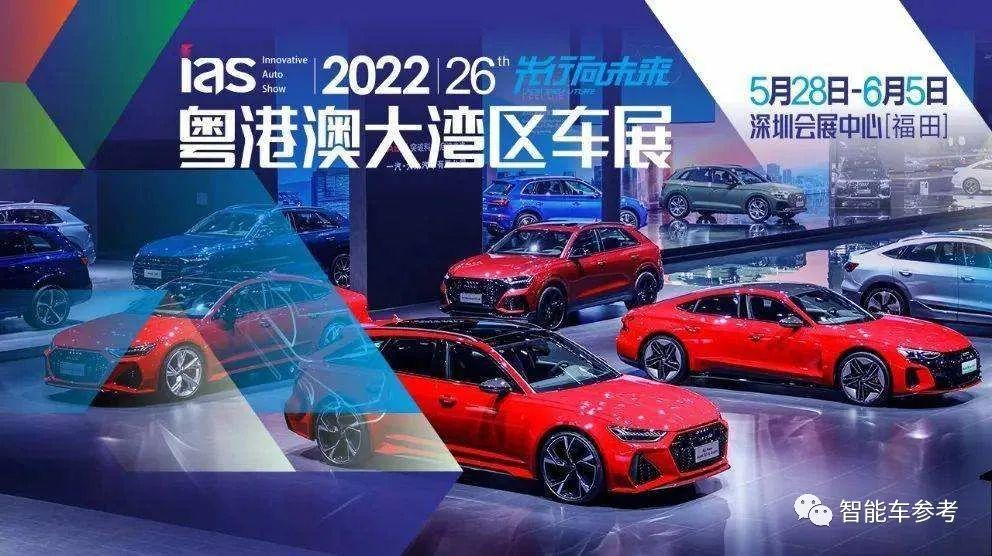
From the pandemic to chip shortages and layoffs, the Chinese automobile industry has endured constant turbulence. Surprisingly, this auto show has become one of the most significant events of the year within the industry.
Naturally, industry bigwigs have a lot to say about this event.
From criticisms to issues, to future prospects, we have compiled an insightful summary of the best quotes from these industry experts.
(Translated from the speaker’s speech transcript for editing purposes and reading flow only.)
Richard Yu from Huawei: “The era of gasoline engines will soon come to an end.”
“Buying a gas car is like buying a feature phone.”
Undoubtedly, our society is currently experiencing a historic transformation. As we move towards the fourth industrial revolution, the core of this revolution relies on the intelligence of our vehicles. This technological shift will propel cars from connected to electric, shared, and intelligent.
To create a truly competitive product, intelligent, internet-connected, electric vehicles must be iteratively upgraded. The traditional manufacturing model can no longer meet industry standards. However, some traditional automakers still cannot shake their thinking on this matter.
After experiencing some of the intelligent cabins designs of traditional automakers, I think their user experience design is abysmal and deceitful. It’s so terrible that it’s like ten thousand alpacas running wild in my heart. It makes me want to swear!

For instance, Tesla’s cars only have three core components that connect to the internet and power its intelligent system, whereas traditional automakers have at least 20+ which require them to create separate tenders for each and design separately when working with Huawei.“`
This mode of doing things is simply no match for the integration, low cost, and high reliability of the three-component model. This mode is very futile.
To create intelligent cars through discretization and dispersion is not really competitive.
The era of pure fuel cars will certainly come to an end rapidly. If you buy a fuel car today, it is like buying a functional phone when smartphones first came out.
Nokia was the global champion in the era of functional phones and second-generation smartphones, and its profitability and scale were far greater than the combined total of the second to Nth. However, even in this situation, it could not avoid going out of business. The future of the automotive industry may be the same.

Today, the large investment in making intelligent networked electric vehicles is not in chassis, engine, gearbox, or molding, but in software expenses, cloud expenses, algorithm, software, and personnel investment in this area are the largest.
The times have changed, and it is difficult to lead and survive in terms of competitiveness without large investments. From the perspective of future trends, this is an inevitable trend.
I believe that the advent of the era of intelligent cars is like the advent of the era of smartphones. It is a trend that cannot be stopped and a historical inevitability. This era will definitely accelerate.
How does Huawei make cars?
I am personally in charge of both Huawei’s terminal and automotive BU because they have synergistic value. We use the experience accumulated through ToC to lead automotive solutions.
Huawei’s first business model for the car BU was the model of selling individual parts in the past. This model is simple, but it is no longer suitable for the era of intelligent networked electric vehicles. It needs continuous software upgrades, operations, and iterations, just like an Internet company.
Later, Huawei adopted the “Huawei inside” model, providing a full-stack model to car manufacturers. However, the car’s design, grasp, OTA version upgrade, vehicle experience, and design are all completed by the car manufacturers.
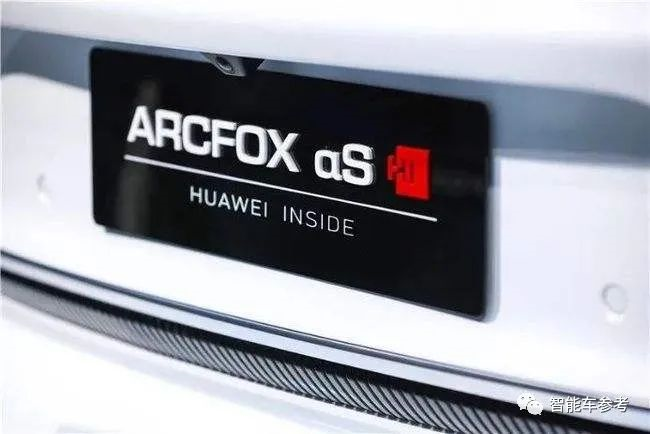
We found that traditional car companies may have some leadership thinking changes, but the people who really do the work still adhere to the old mode and are difficult to change.
If we do product solutions based on their old simple mode, and the cars we make do not sell, we will still be scolded by them.
Therefore, Huawei now offers a custom selection model. On the basis of HI, Huawei’s terminal consumer business team helps customers with exterior design, interior design, industrial design optimization, and user experience design.
I deeply feel that in the automotive industry, there may be no more than four companies that can survive globally in more than ten years.
“`# Translation of Markdown Text
Today there were many brands at the exhibition hall, including some well-known international manufacturers and some lesser-known ones, most of which are likely to disappear in the future. Only a few giants will survive, but it will take time to complete and won’t happen so quickly.
How Huawei Does Autonomous Driving
Intelligent driving and intelligent cockpit are the two areas where Huawei has invested the most, and it has directly invested 6-7 thousand R&D personnel in these areas.
For autonomous driving, Huawei provides a Stack up full-stack solution that includes chips, hardware, sensors, lidar, cameras, and a complete set of software for on-board computers, as well as cloud technology.
In Shenzhen, Huawei established an AI cluster training server network, and deployed AI cluster training cloud networks in many cities throughout the country.
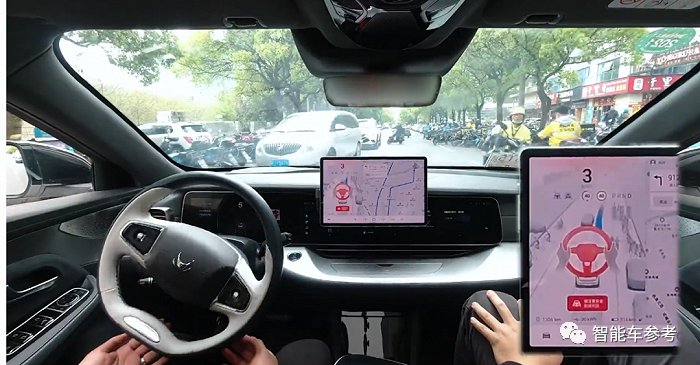
Through cloud-based simulation and simulation training, we can quickly achieve millions of kilometers of road experience. Car owners drive vehicles on the road and generate a lot of data, which is then used for mass training and learning on cloud platforms.
As for recognition, we use lidar to identify moving objects, stationary objects, and perception to recognize road conditions. The point of these technologies is to reduce the probability of traffic accidents and not rely solely on AI camera recognition training and learning.
Currently, autonomous driving still relies on high-precision maps, but the trend is toward the development of more capable and map-independent solutions. Just as every person does not store a high-precision map in their brain but knows roughly how to get to their destination.
So, overreliance on high-precision maps and vehicle-to-road coordination is not a qualified intelligent or autonomous driving solution.
The future trend should not depend on it; if it is available, it is better, and if not, it can still perform optimally. This is the goal we are pursuing.
WM Motor M7, “Delivery at the end of July”
Due to the epidemic situation in Shanghai, the release of M7 has been delayed. Initially, M7 was supposed to be released and launched, but it is now expected to be released at the end of June, with nationwide deliveries by the end of July.
M7 has a compact exterior size, but the interior space is quite large, making it a large luxury SUV with six seats.
Its comfort level surpasses that of all luxury cars, high-end vehicles, and MPVs, including Alfa Romeo cars.

It is easy to enlarge a car without incurring much cost, as the cost of the steel used to widen and lengthen the wheelbase can be ignored.
However, when the car is enlarged, parking it in the city becomes difficult. Therefore, we compacted the exterior while expanding the interior space, which is our specialty.
M7 will provide both extended-range and pure electric versions, but they are differentiated products with core values and are not just again unnecessary reinventions of the wheel.
In addition, since the launch of the M5, customers have been extremely satisfied, with delivery volumes exceeding 10,000 units in just a few short months after it became available and delivery from March.
He XPeng: I Want to Throw a Shoe at Lao Yu.I attended the China Automotive 100 Persons Conference four years ago and saw many industry leaders. As a result, I spoke cautiously. If Mr. Yu (Yu Chengdong) spoke like today, I believe someone would have thrown shoes at him.
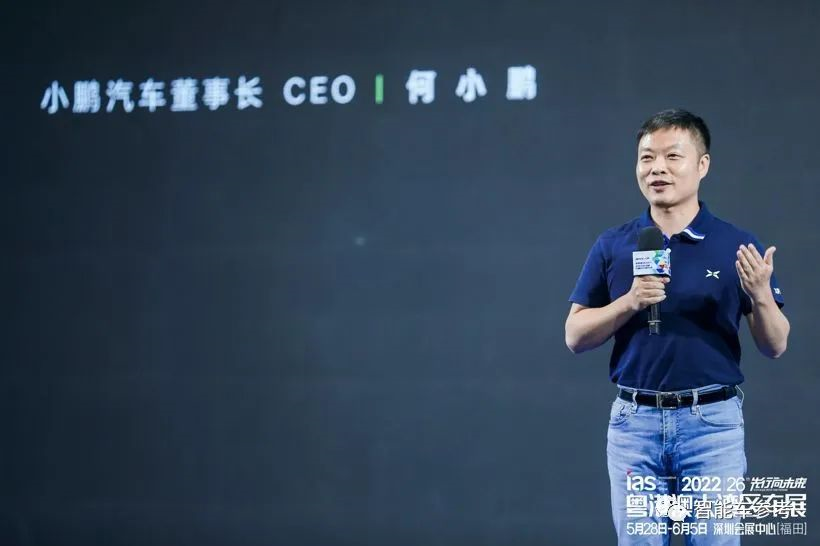
Finally, when I heard Mr. Yu say that the NIO ET7 surpassed one million luxury cars, I also wanted to throw a shoe at him. Let’s see how he will describe the third car.
On Car Manufacturing: How I Was Cheated When I Started
The coupling between intelligent, electric, and automotive innovations has brought about a whole new level of change. However, is it possible to achieve such innovation with just a different mindset? At least, I think there are three critical elements.
Firstly, the more I work in the automotive industry, the more I realize that, regardless of whether we are dealing with intelligent or new energy vehicles, the core issue is the car itself. Cars are high-value consumer goods, closely related to our lives, and the essence of cars is difficult to change in the short term.
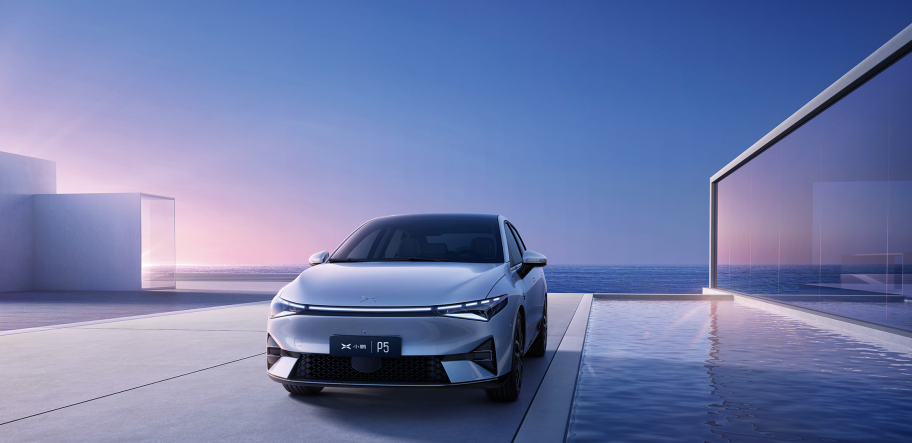
Secondly, the discussion about automotive innovation ultimately circles back to the barrel theory. In the technology industry, we focus on long-tail theory or long-tail pricing, and achieving 50% is also considered a long tail. However, in the automotive industry, there is absolutely no room for a short board in the barrel. You may have one or two long boards, but you cannot have a short board. Therefore, the barrel theory is crucial in the automotive industry.
Thirdly, with regard to future automotive innovation, the ultimate goal is to achieve commercial scale. Looking back on my early days in the automotive industry, I was fooled by a question. Many people asked when XPeng Motors would reach a production scale of 100,000 vehicles? This led me to think that 100,000 vehicles per year would constitute a certain scale, and the company could make profits. But I later realized that this number is just a milestone, and a production and sales scale of several hundred thousand units is required to become profitable.

How much investment does it take to achieve innovation? In the past, we thought it would take 20 billion RMB to manufacture a car, and 30 billion RMB was required to make it globally and sell it well before achieving profits.
In the past, this logic held up in the internet industry where a small research and development expenditure could bring the best return. However, in today’s intelligent automotive ecosystem, the time, intensity, and investment in research and development are critical. XPeng Motors has spent 8 billion RMB on research and development this year, which I believe puts us in the top ten in China’s automotive industry.
There are nearly 100 automotive companies in China, and most of them need to improve their research and development. Tesla and Huawei’s R&D costs are often as high as billions of dollars, so another point of innovation is whether there is sufficient capital and patience.
Talking about Autonomous Driving: There is no Right or Wrong Route
From the perspective of mass production, there are 5 points that differentiate XPeng Motors’ autonomous driving from other companies.
The first point is how to make autonomous driving fast and fully contextual.
Can it be driven throughout the city, in suburban areas, and even across China and overseas in areas without GPS, signals, or in extreme conditions such as ice and snow?
This is the most important issue. High precision mapping is just transitional, and cloud integration is only a supplement. True autonomous driving means being able to drive in all regions.

The second point is that many companies developing autonomous driving have neglected safety.
In the safety system of autonomous driving, achieving 10 to the power of 5 in safety is far from enough, as user behavior cannot be controlled and road traffic is constantly changing. One accident means one complaint, and a serious safety accident means one serious complaint.
The longer you develop intelligent cars, the more important safety becomes, not only at the level of awareness and rhetoric, but also in terms of action. The logic of cost and technology is different.
The third point is cost.
When developing technology and the Internet, research can be done once and used many times, but not with cars. For example, how to reduce the length of cables from 2 kilometers to several hundred meters, combine several domains into one domain, and ensure both cost effectiveness and safety is a huge challenge.
The fourth point is data.
Most autonomous driving companies have accumulated several million to one or two hundred million kilometers. The key is whether they can achieve tens of millions of kilometers daily and make simulation and cloud planning cost-effective.

The fifth point is high integration.
In the future, as autonomous driving, even advanced autonomous driving, advances, vehicle intelligence must be integrated.
When entering a residential area, can intelligent chassis and suspension adjustments be made based on speed bumps so that the experience is comfortable? This requires coordination between the chassis and suspension.
Therefore, intelligent technology will affect all parts of the vehicle, including tires. Previously, a car had approximately 20-30,000 parts and between 250 to 400 suppliers. The number of suppliers will definitely decrease in the future.# Flying Cars: Popularization Starts from 2025
On the way of gradual mass production, XPeng doesn’t believe there is a right or wrong path for smart cars, and everyone can reach the end through different choices.
On the other hand, XPeng believes that future automotive innovation should not only come from intelligence.
Currently, XPeng is developing in the field of aircraft, with a research and development team of about 700 people. XPeng is responsible for building cars, while the flying car team combines airplanes and cars.
Between 2025 and 2030, people will see a new way of life. In the city, there will be high-level autonomous driving, even unmanned driving. When commuting in the suburbs 100-200 kilometers away, we believe that aircraft with a speed of about 100 kilometers per hour are more suitable.
How to solve the issue of safety? Our current goal is to fly 7 to 15 meters high. Accidents during flight are unavoidable, no matter how high the safety level of the flying car is.
However, the industry’s focus should be to reduce fatalities or injuries to minor ones when accidents occur.
Flying cars are also an innovation, an innovation in the form of cars. We hope that flying cars will be able to cover 700 kilometers on land and fly a few dozen kilometers in the air, which is a different kind of revolution. This revolution will start around 2025, and I believe it will reach thousands of households around 2035 or 2045.
Pony.ai Vice President Moley’s Opinion: No Substantial Differences in China-U.S. Autonomous Driving
What Will Future Smart Cars Look Like?
Autonomous driving is the most critical core technology for future smart cars, and the level of autonomous driving ability determines the level of intelligence of a car in the future.
Why Is Autonomous Driving Not Yet in Mass Production?
One important point is to ensure full-scenario coverage of the technology before mass production.
Pony.ai is developing unmanned driving, which requires significantly higher safety than human driving. Therefore, it imposes requirements on the entire upstream and downstream ecosystem, including the laser radar we just talked about and other modules in the entire automatic driving hardware system.
Standards for car regulations, reliability, mass production capacity, and other requirements need to be met. It is not only a matter of whether the technology itself is mature but also requires the entire ecosystem to mature further.
Further mass production of autonomous driving also requires the improvement of policies and regulations, the opening up of more roads, and more scenes. It is not only about opening up but also requires more standardized management and improved systems, including how to determine responsibility for safety issues after going on the road.# Cooperation with regulatory agencies, government, and academia to further improve the entire management system is underway in the entire industry, including Pony.ai.
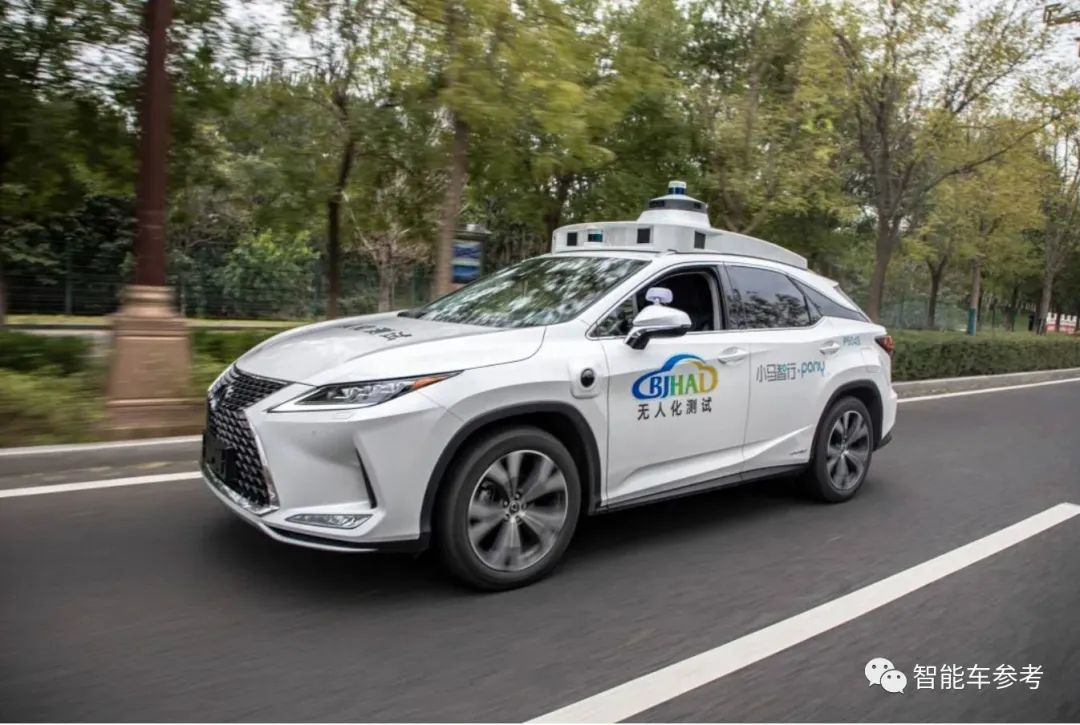
We need to prepare sufficiently for the pre-production stage, which includes preparing for the improvement of the entire industry chain, technology, and regulations, so that the mass production of autonomous driving arrives as early as possible.
Compared to the United States, there is no significant difference in autonomous driving
Pony.ai was established in Silicon Valley, United States at the end of 2016 and began to deploy our R&D center in China in 2017.
In 2019, we conducted a large number of tests on public roads in China to accumulate data.
The United States has the advantage of being an early adopter, as it has invested at least ten years earlier than we have. But we see that the trend in development is very fast in China.
Today, I do not believe that there is a fundamental technological difference between us and the United States, and our autonomous driving technology is actually very advanced, especially in complex road scenes.
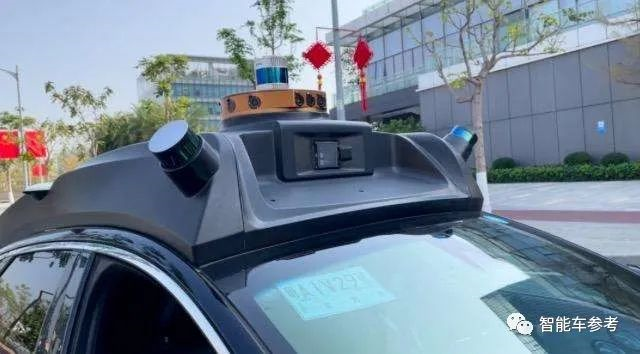
Today in China, in first-tier cities such as Beijing, Shanghai, and Guangzhou, Pony.ai and other companies have already conducted daily testing and operation of autonomous vehicles on the roads, especially in Guangzhou and Beijing, where unmanned autonomous driving testing has become normalized. Local residents in Beijing can now drive unmanned cars.
With a better ecosystem in China and faster policy breakthroughs, I believe that China has the absolute ability to overtake in the field of autonomous driving in the future. We should lead the world in the development of autonomous driving instead of being in a state of catching up with the United States.
Horizon Robotics Founder Yu Kai: How to Break the “helpless mediocrity” of automakers?
From Horizon Robotics’ point of view, what we are most concerned about is, as the development of intelligent cars progresses, what kind of trend will the entire chip operating system and upper-layer applications present?
As the third generation of intelligent terminals, there is no doubt that Chinese brands are very exciting and impressive, with players such as WeRide and many others. However, in this era, one question arises: can Chinese manufacturers contribute to the development of chips and operating systems? This is the question Horizon Robotics hopes to answer.
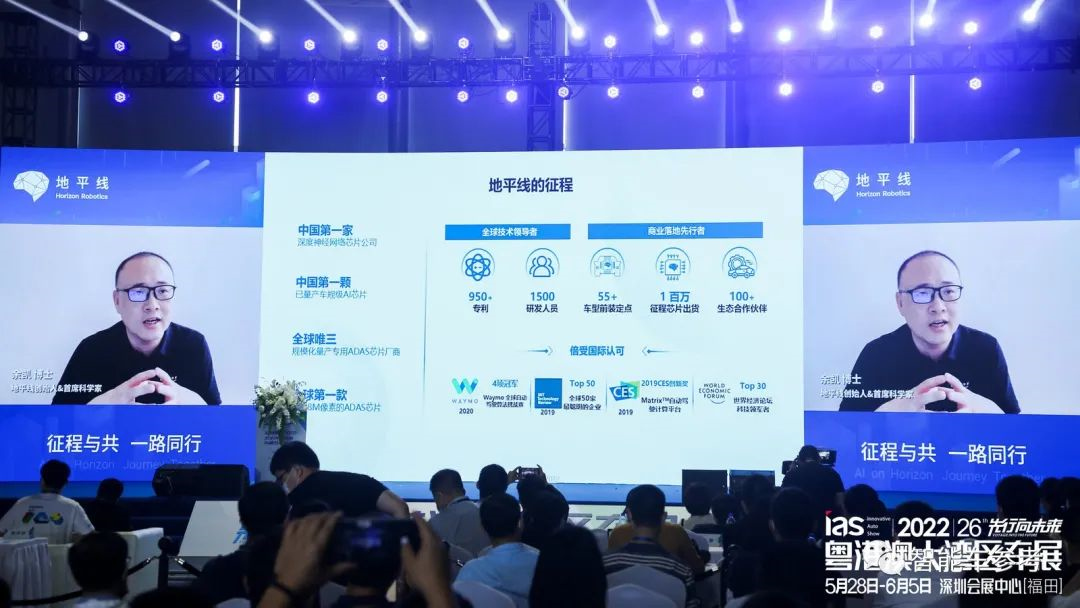 # Markdown English Text
# Markdown English Text
In the era of intelligent cars, the bottom layer of the entire car industry is supported by a rich application ecology and technological ecology. As we move up to the application layer, the potential for differentiated user experience increases. However, as we move down to the bottom layer, the differentiation in technology actually decreases, while the cost of research and development increases.
The problem this brings is, how do we define our role for each player in the entire innovation chain? I believe Chinese self-owned brands, in terms of intelligentization strategies, face three paths and choices.
The first path is to embrace the full-stack intelligent solution provider, usually some giant corporations that package sensors, chips, algorithms, software, hardware, and controllers, and then sell them to our car factories.
But for car factories, I think this is a kind of helplessness. Because the core technology and the leading power of differentiation in future innovation are actually under the control of others.
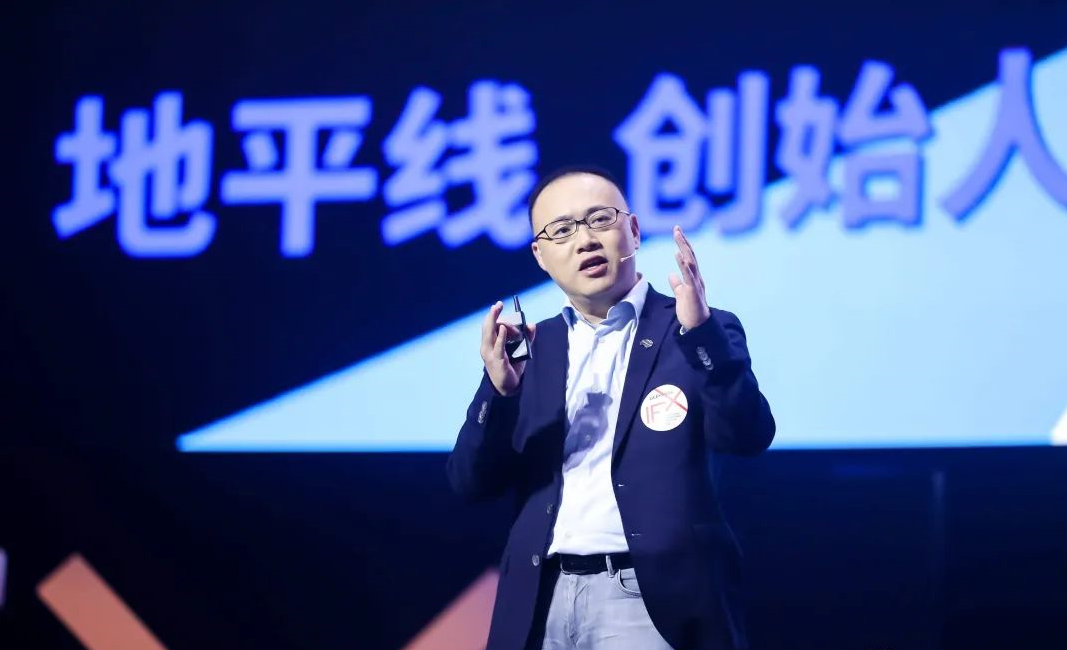
The other end is vertical self-research. For example, Tesla and Apple in the smartphone era have outstanding and successful cases, but these cases are difficult to replicate.
The third path we believe is ecological win-win. It is to build an open ecosystem where every player in the ecosystem does what they are best at, and cooperates with each other, to do what they are unable to do alone.
Now, the concept of intelligent cars has penetrated deeply into people’s minds, and competition is extremely fierce. Timely introduction of products and the establishment of links between users and products are probably the most crucial.
Therefore, for most manufacturers, following Tesla and Apple may not be the most wise, but instead they should embrace an open ecosystem. Horizon is a believer in such an open ecosystem.
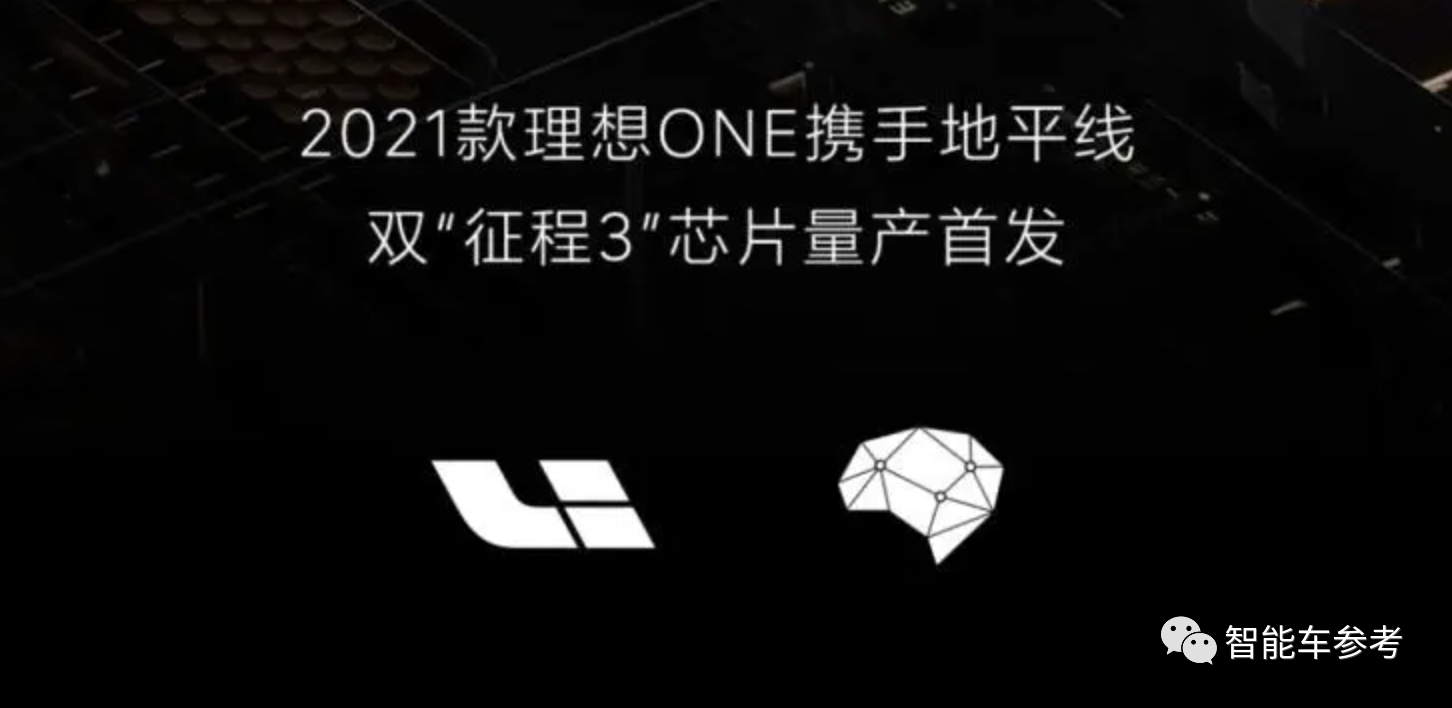
Starting from 2019, we have released a generation of intelligent driving chips every year, including Horizon Journey 2, Horizon Journey 3, and Horizon Journey 5. These three generations of intelligent driving chips have been quite successful in commercial applications.
Horizon has now delivered millions of chips, with around 60 pre-installation points for car models, and around 20 car companies have collaborated with Horizon on pre-installation points. As a startup in the automotive intelligent chip field of less than 7 years, this is already a good achievement.
We are still thinking further. As a chip vendor, can Horizon be even more open?
Here we have identified four modes of cooperation between automatic driving chip vendors and car manufacturers.The first mode is the Mobileye mode. It represents a typical delivery relationship rather than a collaborative one. OEMs are very passive about the software and hardware of autonomous driving. Moreover, due to the different R&D cycles of technology and engineering, the innovation speed is very slow.
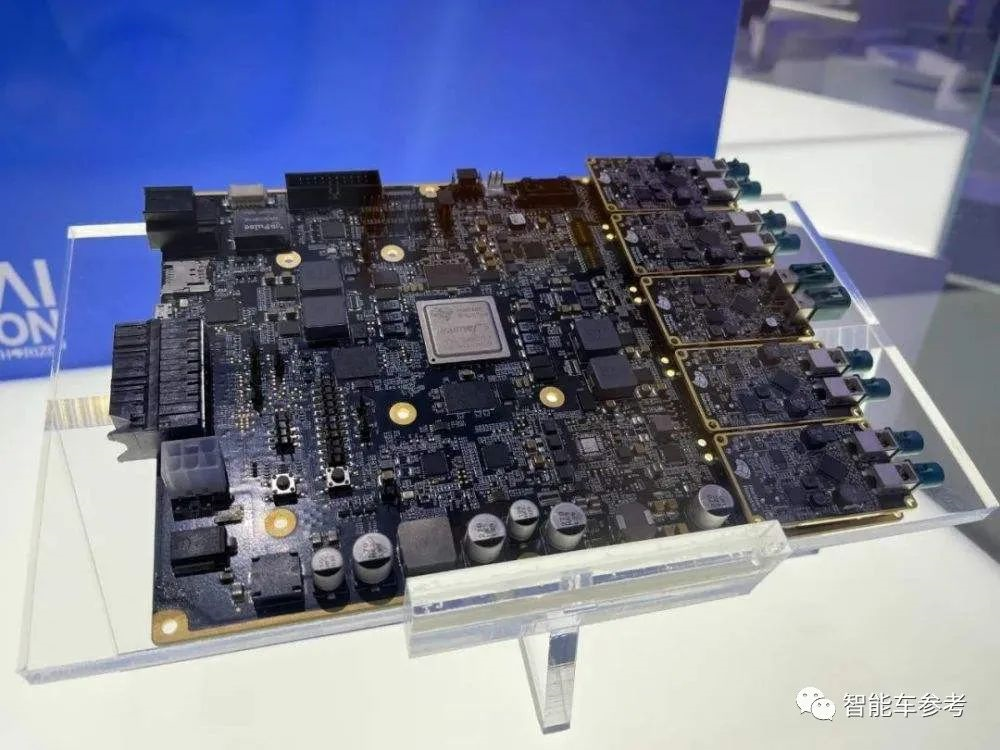
The second mode is called the NVIDIA mode. It is more open than the Mobileye mode, and the development of the entire vehicle is overlaid with the software and hardware system of autonomous driving. Product definition can have more impact on the software and hardware system of autonomous driving, and the entire innovation cycle will be faster.
The third mode is the TogetherOS mode of Horizon Robotics. For chip manufacturers, we are not just opening up the application software layer above, but also opening up the lower-level OS layer to our partners. This allows our partners and OEMs to have more autonomy and differentiation possibilities, and further shortens the innovation cycle.
That is why companies like Changan and Li Xiang can achieve mass production of a new chip in just 8 to 10 months, which is unprecedented in history.

The fourth mode, which we recently proposed in the industry, is to open up the BPU chip architecture and allow qualified OEMs to design their own autonomous driving chips and participate in the development of operating systems and software and hardware systems.
The entire vehicle development and the software and hardware system of autonomous driving, from chip to OS to software, are seamlessly integrated.
For OEMs, this mode actually allows them to have the autonomy to innovate, and the speed of innovation and iteration will also be faster.
As you can see, Horizon Robotics has always adhered to the concept of creating an open, collaborative, and win-win ecosystem, and we aim to be more open than all other chip manufacturers.
Our philosophy is “journey together with our partners.”
Yuanrong Qixing CEO Zhou Guang: L4 passenger cars will be available in 2025
Yuanrong Qixing is the only autonomous driving company that Alibaba has invested in. The name “Yuanrong Qixing” comes from the Book of Songs, meaning a large army set out, hoping that the company can advance courageously like a large army.
Just now, Mr. Yu and Mr. He gave wonderful speeches. From the perspective of an autonomous driving company, let me share with you how to achieve mass production of autonomous driving.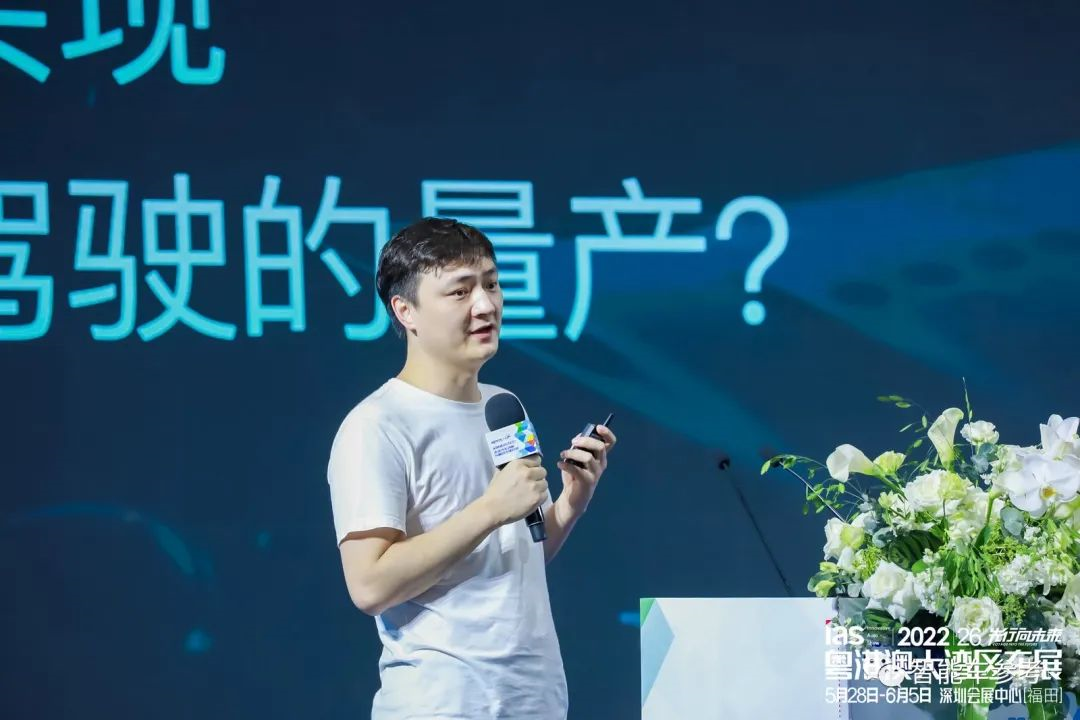
Autonomous driving requires not only vehicles, but also corresponding hardware and supporting infrastructure. As early as 2017, we were the first company in the industry to propose a multi-sensor full fusion solution, which was successfully implemented in 2018 and has now become an industry standard.
In 2019, we started to develop our own inference engine, which greatly reduces the power consumption of our chip computing power.
After Alibaba invested in us last year, we started working with map production companies to use their production maps for vehicles in the Futian area instead of self-collected maps. This is a huge difference, meaning that the vehicle can operate outside of Shenzhen.
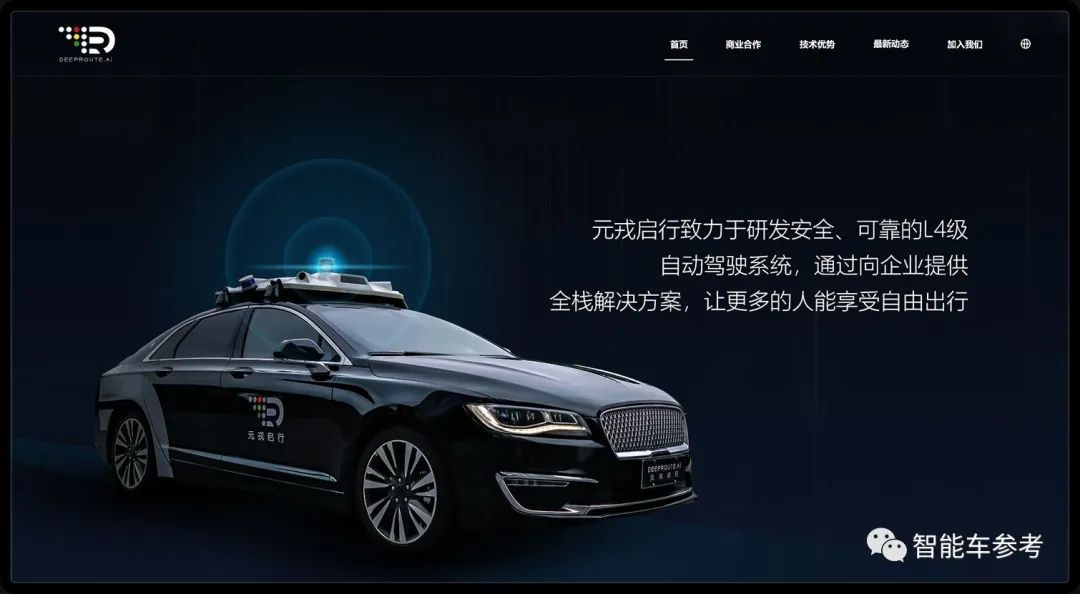
In addition, we have excellent planning and decision-making algorithms based on game theory, which can make driving decisions very intelligent. For example, in the scene shown in the figure, the vehicle turns left into the overtaking and merging lane, which is a difficult and rogue behavior for humans, but can be done by autonomous driving, as well as the entire closed-loop data system.
After having such a set of technologies, how do we implement them commercially?
We conducted market research and, backed by investors, we believe that the two most suitable scenarios for us are urban freight and passenger cars.
The whole scenario of urban freight and passenger cars is highly similar, and the technology’s reusability exceeds 90%. We can use a set of technical frameworks to achieve all scenarios. Today, YFAI has already implemented a set of frameworks serving mass production cooperation with automakers, robot taxis, and urban distribution.
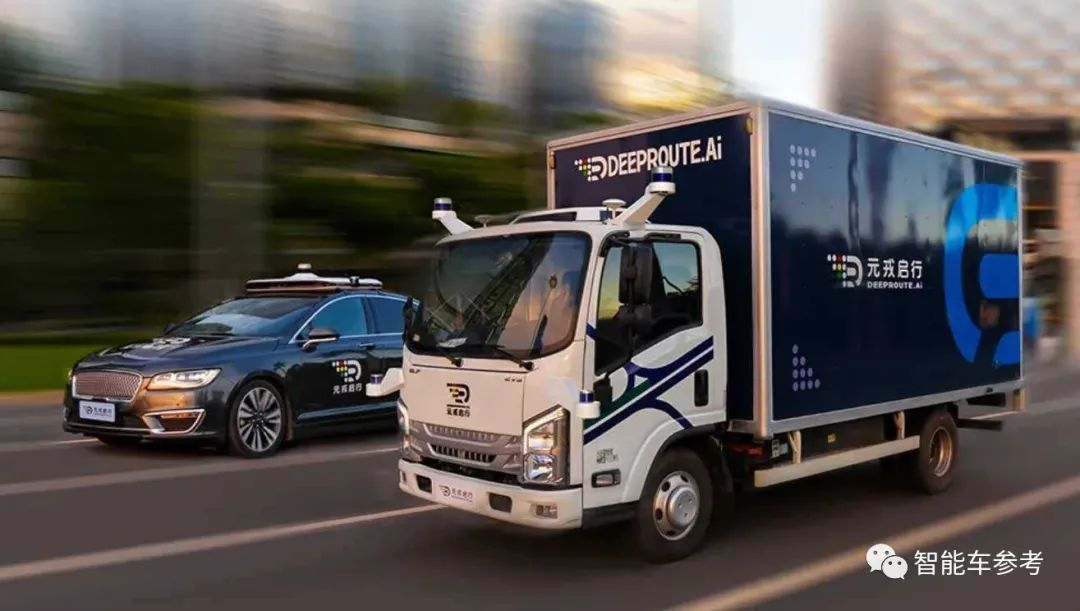
When can we buy advanced autonomous driving systems?
In the first stage, we have completed a low-cost solution with fully automated driving capabilities within a certain range. Many investors and industry partners have tried our pre-installed mass production unmanned solutions.
In the second stage, we will collaborate with automakers to truly put this solution on the road, and it is expected to be completed by the end of 2024. By the end of 2025, everyone should be able to buy cars with advanced autonomous driving systems.
Hu Xiaobo, CEO of Robosense: Everyone doing AVs should thank me
How did Lidar costs come down?
The development rate of LiDAR has been very fast.
I remember in 2017, many startups doing autonomous driving still went to investors with the ability to buy LiDAR from the United States as their core competitiveness, which is actually a very funny thing.I used to be known as the “Fiber Optic Laser Godfather”. My greatest achievement was reducing the cost of fiber optic lasers from 1.2 million yuan to around 12,000 yuan, as well as the same for laser radar.
In September 2017, Velodyne charged 8,000 USD per unit for a 16-line model, whereas it was 46,000 yuan on the Chinese market. We were able to bring that price down to 22,000 yuan. In 2019, the 16-line model dropped to 12,000 yuan and the 32-line model to 28,000 yuan. In July 2020, we were able to bring the 16-line model down to under 10,000 yuan and the 32-line model to around 20,000.
So, to all the self-driving car businesses in China, regardless of whether or not they use our Lidar, they owe us their thanks.
Now, as for the Chinese Lidar industry as a whole, I can say that if American Lidar companies were allowed to compete with Chinese ones free from political restrictions, they would crush the Chinese competition within three years.
Technologically speaking, the world’s best TOF Lidar is currently made by Raysees, with our 150 nanometer fiber optic Lidar producing 6.4 million points per second, enough to take out your domain controller directly. Best of all, our price is only one thousand USD per unit. It’s that simple.
We have already planted Raysees’ flag on the summit of TOF Lidar, and I truly believe that nothing any other company comes up with for the next five years will be able to compete with us.
Furthermore, I would like to advise Mr. Yu, Huawei should not bother with Lidar development, as they won’t be able to surpass what we and Volkswagen have achieved.
A Secure Foundation is Key to Autonomous Driving
I was in a car accident back in 2015, which resulted in a large cut on my head, so I am very concerned about safety.
Only with a reliable safety net can we truly speak of autonomous driving or self-driving cars.
To be honest, I won’t invest in any self-driving or semi-autonomous car until the manufacturers have ironed out all the safety issues, like what Mercedes did with their latest car. Otherwise, I won’t consider it.
One more thing
Professor Zhang Yaqin, a member of the Chinese Academy of Engineering and a researcher at Tsinghua University’s Institute of Artificial Intelligence, is a name any AI aficionado will recognize.
Whether at Microsoft Research Asia, Baidu, or now Tsinghua University, Professor Zhang Yaqin has always been one of the most significant pioneers and leaders in the field of artificial intelligence — both academically and industrially.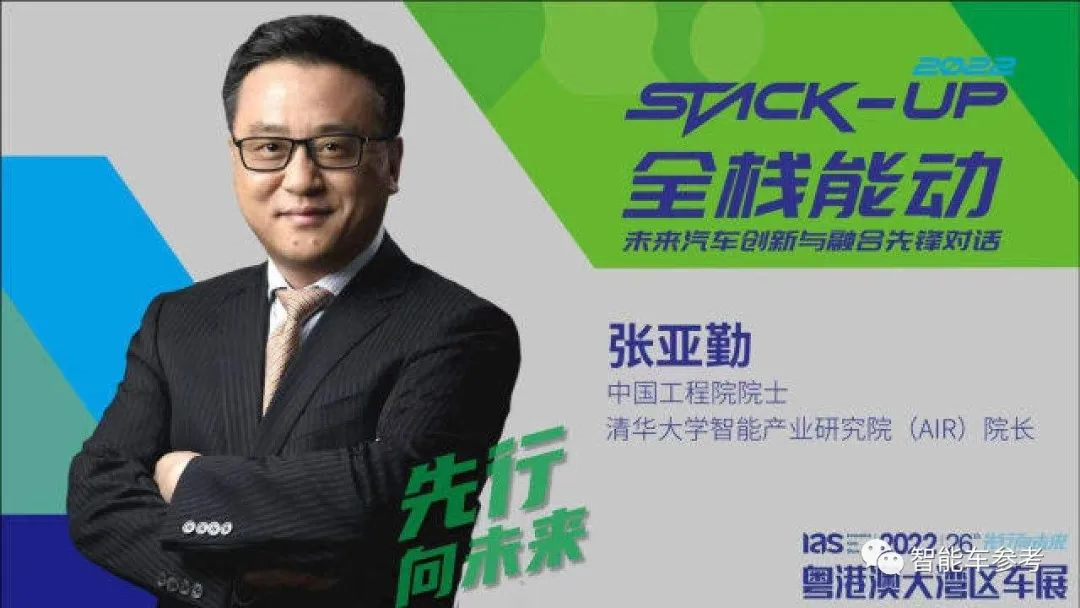
At the Canton Fair this time, Zhang Yaqin also shared the latest thoughts and progress from the perspective of industry-education integration:
Firstly, in the past two months, the two strongest giants in the autonomous driving industry, Waymo and Baidu, have both gone commercial in highly complex and overgrown cities in China and the United States, without safety supervisors. This is a milestone in the industry.
Specifically in China, in February 2020, the National Development and Reform Commission, in conjunction with relevant departments, issued the “Intelligent Automobile Innovation Development Strategy”, which made promoting the planning and construction of intelligent road infrastructure as an important national strategic task, and clarified China’s unique autonomous driving route of single-car intelligence plus car-road collaboration.
In response to the national strategy, AIR of Tsinghua University’s Intelligent Industry Research Institute jointly developed the Apollo Air project with Baidu in May last year, exploring unmanned areas of car-road collaboration in China.

This is the first and only use of pure road-side perception ability to achieve open road continuous road network L4 level autonomous driving closed-loop car-road collaboration technology in the country, which is an important technological progress in the global intelligent travel field.
In addition, AIR is also advancing research in the direction of car-road collaboration, such as researching the theoretical foundations of fusion perception and decision control of car-road collaboration, exploring the advantages and disadvantages of three modes of car-road collaboration autonomous driving in real scenarios, and providing a theoretical basis for the industry’s development.
— End —
This article is a translation by ChatGPT of a Chinese report from 42HOW. If you have any questions about it, please email bd@42how.com.
